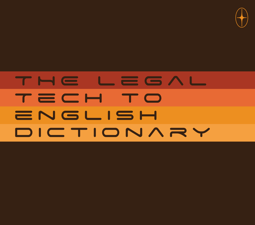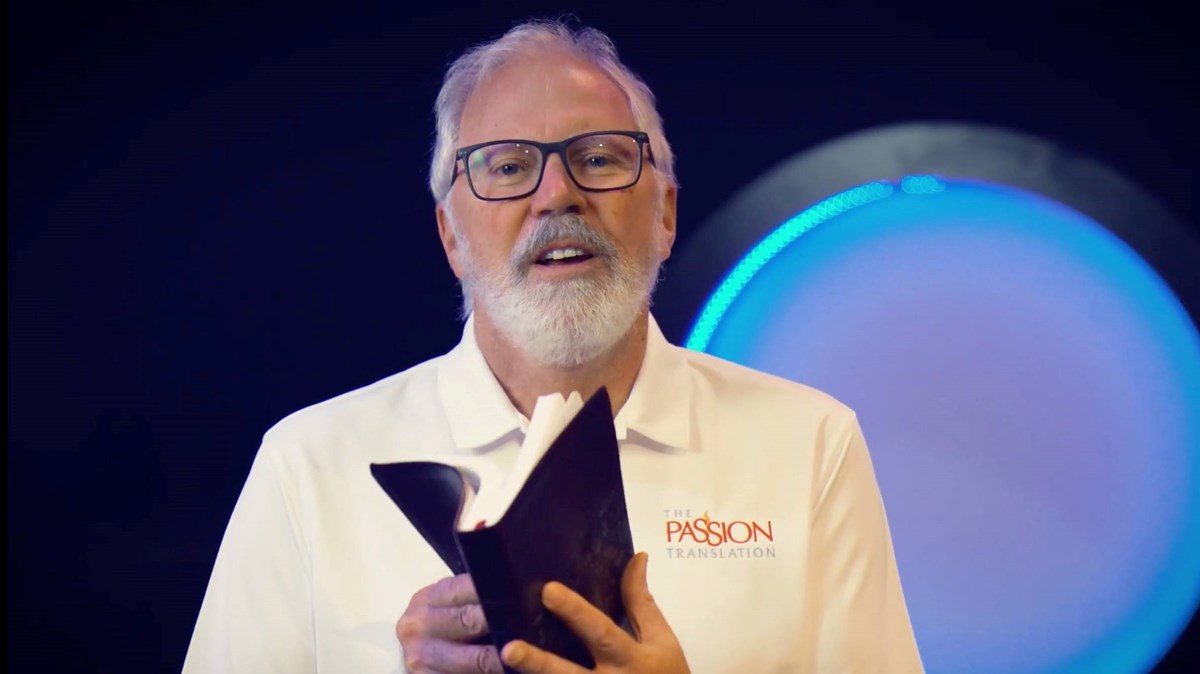Unfortunately, Tokimeki Memorial: Densetsu no Ki no Shita de is not the Tokimeki Memorial everyone was hoping to see localized. That would be 1995’s Tokimeki Memorial: Forever With You for the PlayStation, an upgraded version of the original game released for the PC Engine’s Super CD-ROM² add-on (that’s the TurboGrafx-CD for those of us outside Japan) in 1994. No, Tokimeki Memorial: Densetsu no Ki no Shita de is the Super Famicom equivalent that arrived a year after the PlayStation version, a port many consider compromised for various reasons, most notably for the lack of voice acting.
“Playing Tokimeki Memorial for Super Famicom before playing it for Sony PlayStation, Sega Saturn, Windows, or PC Engine would be like watching a movie for the first time with the TV muted and two lines of subtitles displaying both the movie’s dialogue and the director’s commentary,” Rogers told Kotaku via email. “It’s not a Full Film; it’s a DVD bonus feature you throw on while waiting for your laundry to finish while also waiting for an important phone call.”
As mentioned, the biggest problem with Tokimeki Memorial: Densetsu no Ki no Shita de, according to both Rogers and professional Japanese-to-English translator Tom James, is the lack of voice acting in the Super Famicom edition. Apart from its stunning pixel art, Tokimeki Memorial elevated the dating sim genre with the introduction of extensive voice clips for the game’s cast. This made the girls feel more real, and one could even listen to the inflections in their voices during conversations for clues as to how they felt about you. It may sound trivial by today’s standards, but this was big stuff in the early days of CD-ROM gaming.

A helpful metaphor
“Playing Tokimeki Memorial for Super Famicom before playing it for Sony PlayStation, Sega Saturn, Windows, or PC Engine would be like watching a movie for the first time with the TV muted and two lines of subtitles displaying both the movie’s dialogue and the director’s commentary.”
Tim rogers
“[F]or a game where the end objective is to essentially get a girl to confess her feelings to you, the impact of that reward is diminished significantly when you can’t hear it actually articulated, let alone the progression leading up to that moment,” James explained to Kotaku via email. “Tokimeki Memorial is by no means the first Japanese game to have tried to build mechanics around the act of fostering relationships with people. The difference is that they were largely unvoiced and their writing wasn’t otherwise nearly strong enough to compensate, and Tokimeki Memorial faces a similar quandary without that voice acting.”
Kotaku tried several times to get in touch with RetroTranslator for this story but our attempts to include his perspective went unanswered.
Of course, that doesn’t mean there aren’t shortcomings with the Super Famicom version of Tokimeki Memorial. Less space on cartridges as opposed to CDs and the overall power deficit between Nintendo’s 16-bit console and Sony’s PlayStation meant that everything, from the music to the pixel art that made previous versions so enticing, required toning down. A clear example of this downgrade can be seen in the moving checkerboard pattern behind Tokimeki Memorial’s menus, which Rogers actually points out as one of his favorite parts of the game in his lengthy video. On PlayStation, the background scrolls at a smooth 60 frames per second, whereas the Super Famicom can only muster around 18.
It’s here that I feel I should assure everyone that neither I nor the folks I talked to for this article believe the Super Famicom version of Tokimeki Memorial shouldn’t be translated or that RetroTranslator doing so isn’t worthy of praise. Any project of this nature is a monumental undertaking, not only due to the issues in ensuring that Japanese nuances and references are accurately transposed to English in a way that English-speakers can understand and appreciate, but also because replacing video game text can be a programming nightmare. Rogers notes that the trouble isn’t in the translating but rather getting that work into the game that would represent the most obstinate hurdle.
“[T]he reason, I reckon, that all versions of Tokimeki Memorial remain untranslated is that the Good Versions are programmed in a way that makes the text notoriously difficult to access for any would-be, amateur localizers,” Rogers added. “The Super Famicom version, despite lacking this particular engineering obstacle, remained untranslated for these decades simply because people who knew and loved the game in its original language would never bother translating it except as a dessert exercise following a translation of The Real Game.”
That said, hardware restrictions haven’t always held ports of this important dating sim back. While making Tokimeki Memorial for the Game Boy Color—released Pokémon-style as two separate games, Tokimeki Memorial Pocket Sports Version and Tokimeki Memorial Pocket Culture Version—the developers at Konami were able to create an authentic experience by working with the handheld’s capabilities rather than trying to cram as much content from the original game into its less-powerful shell. It even has limited voice acting and exclusive girls to romance, some of whom require new courtship strategies.
“While I wouldn’t necessarily recommend that someone looking to play Tokimeki Memorial for the first time should start with Pocket,” James said, “as a novelty version that looks and sounds impressively good for the hardware (it even runs on the original Game Boy, voice acting and all!) and has a great tempo, in many ways, it’s my personal favorite version. If someone playing it for the first time got hooked on it and wanted to explore the ports further, then I would absolutely recommend that they make the Pocket games their first stop as they’re both quite fun to play once you’re familiar with Tokimeki Memorial’s gameplay and have the most to uniquely offer compared to those other ports.”

The importance of Tokimeki Memorial’s voice acting
“[F]or a game where the end objective is to essentially get a girl to confess her feelings to you, the impact of that reward is diminished significantly when you can’t hear it actually articulated, let alone the progression leading up to that moment.”
Tom james
Konami ported the first Tokimeki Memorial to hell and back before eventually developing 1999’s Tokimeki Memorial 2 for the PlayStation. This was followed by two more sequels, the most recent being 2009’s Tokimeki Memorial 4 for the PlayStation Portable, as well as a grip of spin-offs that includes the highly regarded Tokimeki Memorial: Girl’s Side series, which reverses the traditional dating sim formula by introducing female protagonists and dateable dudes. In fact, Konami just released Tokimeki Memorial: Girl’s Side 4th Heart for the Nintendo Switch last October. But much like every other game in the franchise, it stands almost zero chance of being localized for English-speaking audiences.
As such, RetroTranslator’s impending Tokimeki Memorial: Densetsu no Ki no Shita de translation represents a significant undertaking in the world of independent localization even if it’s not the exact version everyone wanted. The game as it was released for the Super Famicom is undoubtedly lackluster compared to its big brothers, but that doesn’t mean translating it is a stupid or less meaningful endeavor. Anything that elevates this iconic franchise in the eyes of western audiences—not to mention preserves it for future generations—is a pretty good deal in my book.
And hey, maybe a less-regarded port of Tokimeki Memorial getting an English patch will inspire someone to continue the work of hacking its PlayStation predecessor. After seeing cult classics like Mizzurna Falls and Yakuza: Black Panther translated from Japanese, nothing can surprise me anymore.



